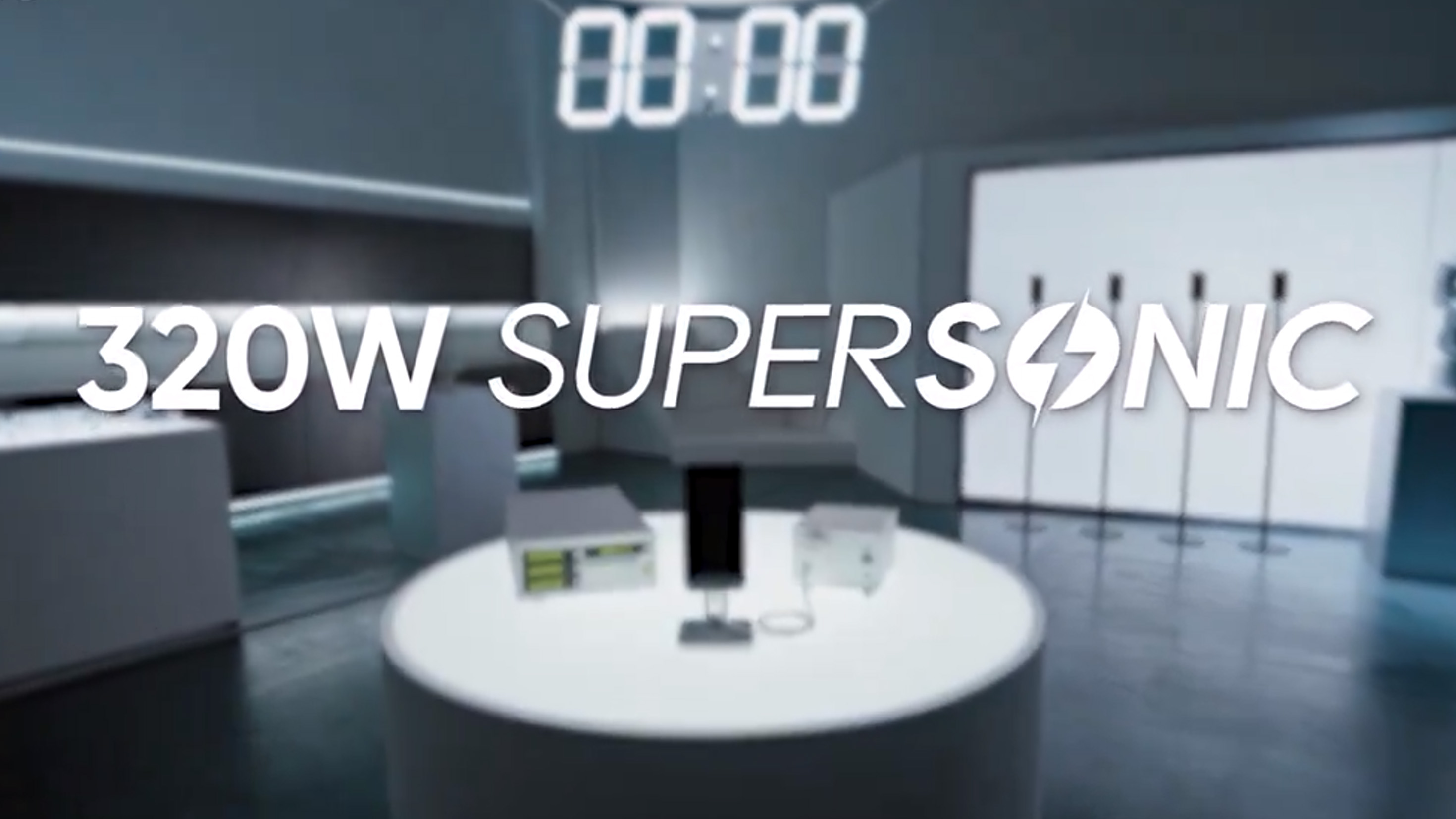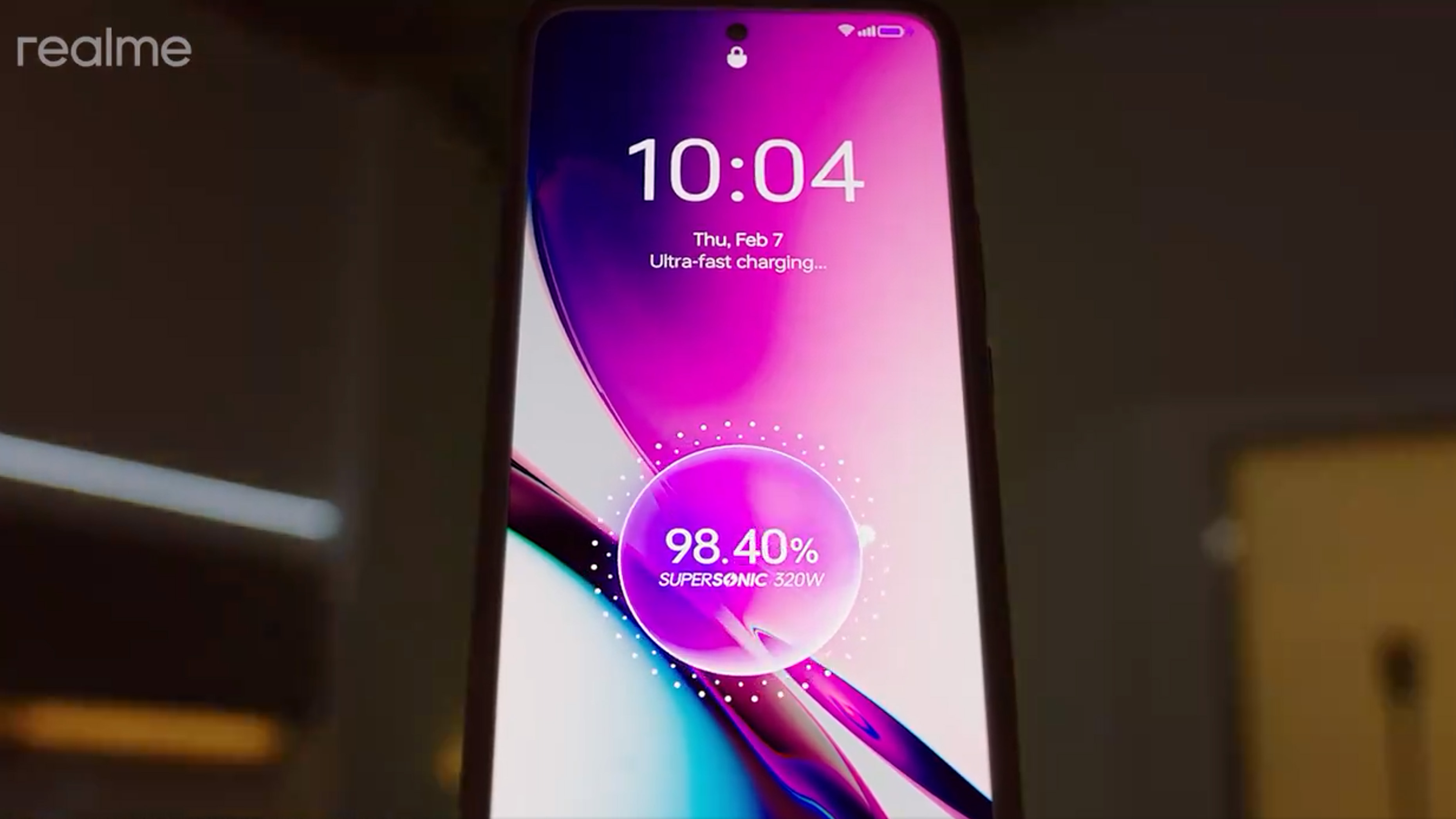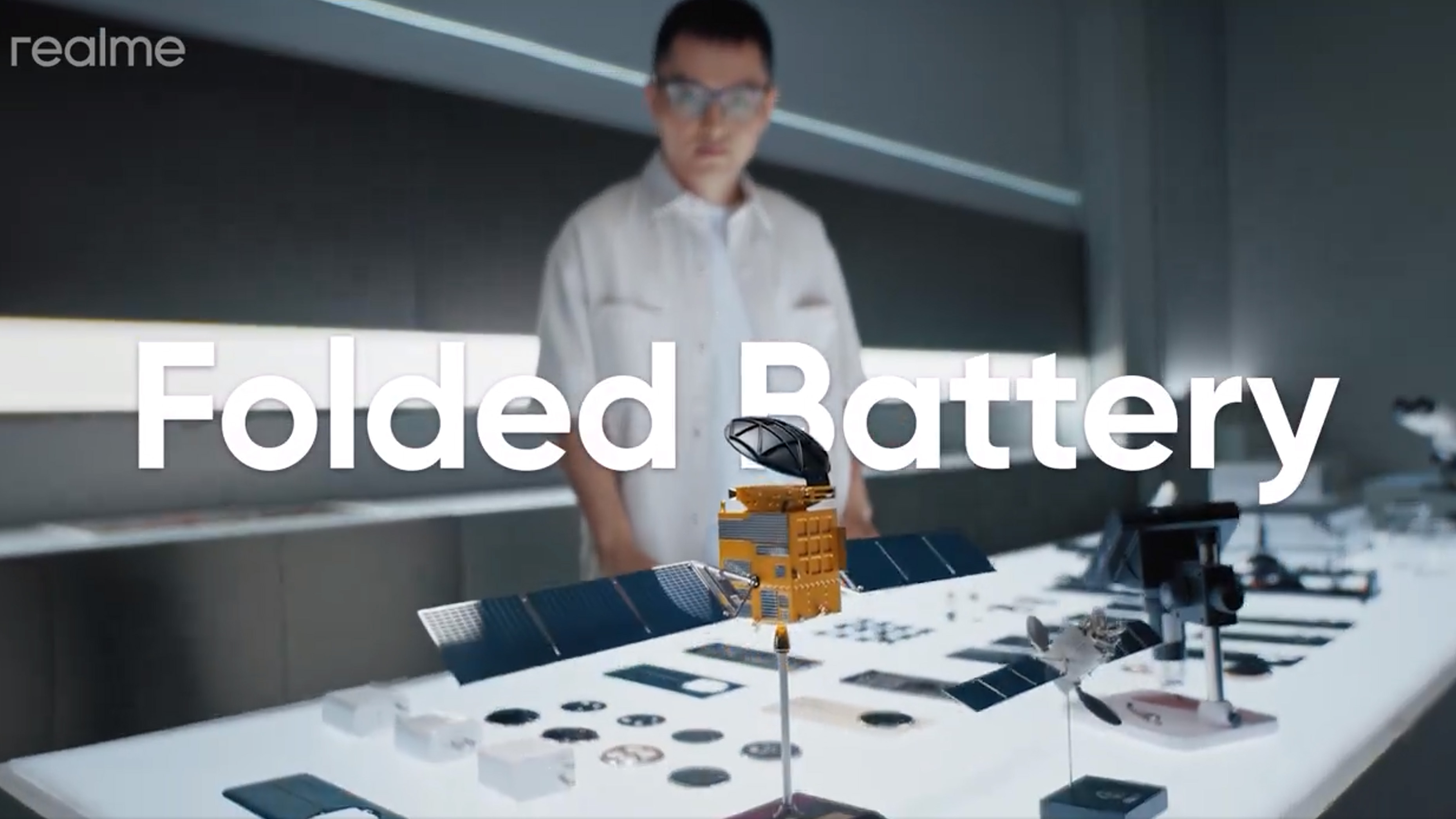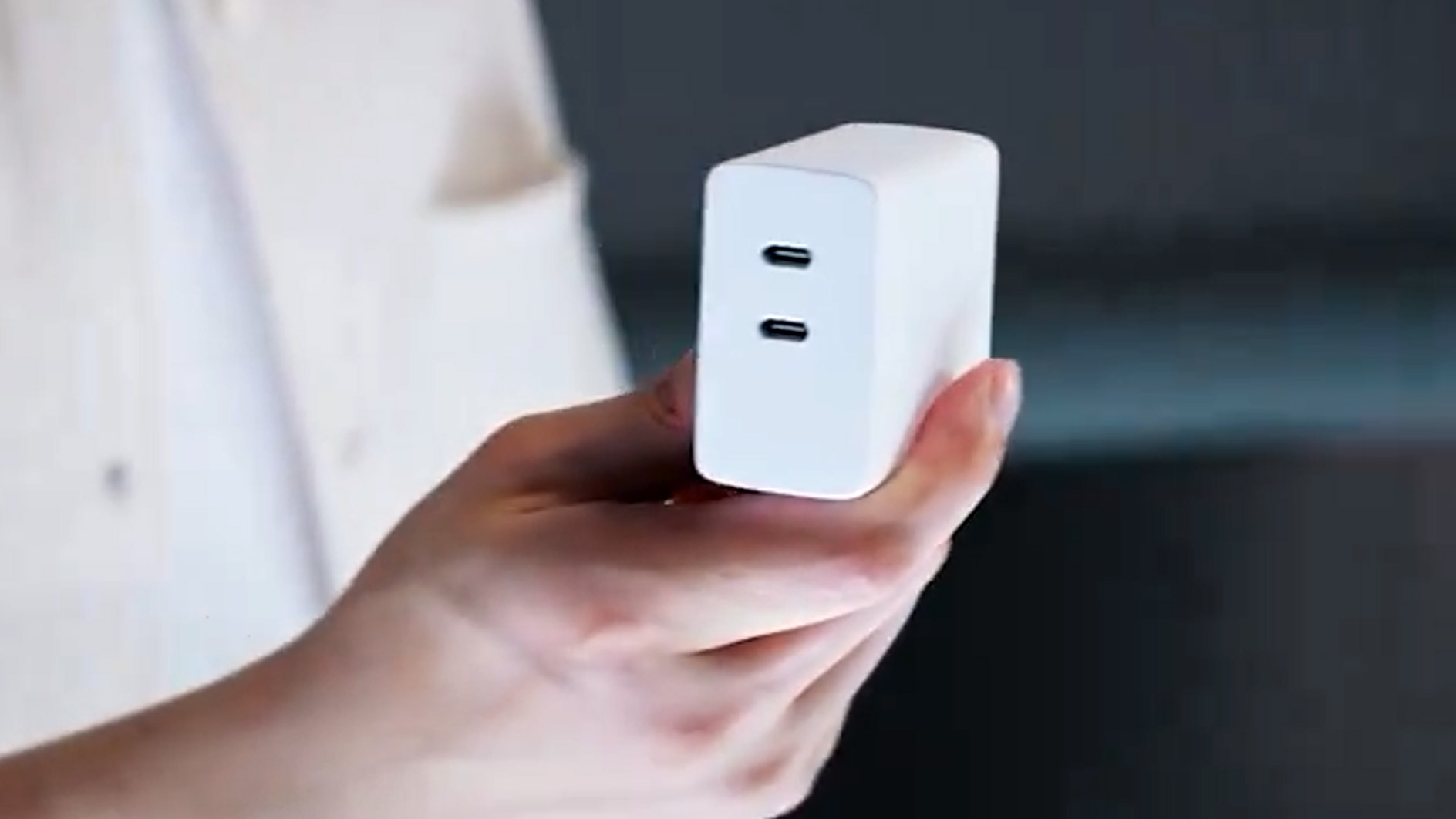
Battery charging: not usually an exciting subject, but here's some charging news that could get the juices flowing(!). Realme has just debuted its new SuperSonic Charge, which at a mind-boggling 320 Watts is capable of fully charging (1-100%) a 4,420mAh phone battery in just 4 minutes 30 seconds. Charging to 50% takes less than two minutes, while a 26% charge can be achieved in just one minute.
Read more:
The best camera phones in 2024
The best budget camera phones
The best GaN chargers

Phone manufacturers have been steadily ramping up charging speed for several years now. Realme itself has progressed from 65W fast charging in 2021 with the X7 Pro, through 150W and 240W charging in 2022 and 2023, respectively. You'd think that would be fast enough, but with arch-rival Xiaomi boasting 300W charging speed for its Redmi brand, Realme couldn't surrender the competition.

Increasing charging speed isn't just a matter of turning up the wattage in the charger and hoping for the best. To achieve such incredible charge rates, Realme has engineered a special battery design containing multiple cells which can be charged simultaneously, thus reducing charge time. In order to pack multiple cells into a super-slim overall profile required for a svelte smartphone, Realme apparently took inspiration from the folded solar panels used on satellites, folding four super-thin cells into a stack to form the overall battery module.

The design is said to offer a 10% higher capacity for its physical size than conventional form factors. Realme's SuperSonic Charge charger is also special. Dubbed "Pocket Cannon", it has a high power density of 3.3 watts per cubic centimetre (up from 2.34 watts per cubic centimetre in Realme's previous 240W charger) and is advertised as 93% efficient during charging. The charger is compatible with multiple fast-charging standards and can be used to charge two USB-C devices simultaneously.

Of course, with ever-increasing charge speeds comes the usual question about exacerbating long-term battery degradation. Conventional wisdom suggests that slow charging is kinder to a battery than rapid charging, while regularly rapid charging a battery from near fully discharged to completely full is also said to place added strain on lithium batteries. However, I get the impression that for most consumers, any consideration for long-term battery life will likely come a distant second to the convenience of rapid charging. And should a phone's battery capacity take a noticeable hit after a year or two as a result of frequent fast charging, then it's simply time to ditch the phone and upgrade.
See our guides to the best GaN chargers, the best smartphone power banks, and the best solar chargers







